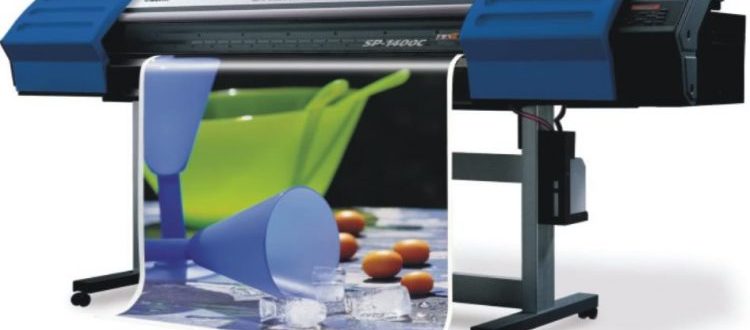Now that title got your attention, didn’t it! Is it scandalous? A) Are companies that do cloth banners printing hiding something from you, the customer? B) Should it be done differently but “they” just aren’t telling us? C) Or do I have lots of direct marketing friends who love catchy headlines? Or D), all of the above.
The answer for the above is “C.” Direct marketers like Perry Marshall, Rich Schefren, and Dan Kennedy love a good headline with a hook, and the word “exposed” is one of the best. Why? Everybody loves a good scandal. We love to expose other people as frauds. It gives us an enemy who did something bad so we feel good about ourselves. Never mind that thing about if you’ve never done anything wrong you can throw the first stone. We’re just not as bad as that guy we exposed as a fraud, a charlatan, and a cheat.
At any rate, that isn’t really what I’m going to talk about, but I love rabbit trails,’cuz you’ll never know where they’ll take you. They’re kind of fun sometimes, but they do drive my wife crazy. It might start like this – She – “Honey, we need to get the kids some new shoes.” Me – “New shoes, eh? Didn’t we just by 12 pairs last month?” She – “No dear, that was last year.” Me – “Oh, last year was a great year. Remember our camping trip up to the lake?” She. – “HONEY!!!”
How Dye Sublimation Cloth Banners Printing Beats Any Other Printing Hands Down
 So, back to exposing the printing methods, which was really just a way to say I’m going to tell you how we print on fabrics. There are various press methods, but in the graphics business, there are basically three major categories. First is clothing. Typically T-shirts or polo shirts or sweat shirts and the like. These are typically cotton or cotton blend shirts that take a specific type of ink used in screen printing these fabrics. I’ll likely write an article a few months down the road describing the process of screen imprinting garments.
So, back to exposing the printing methods, which was really just a way to say I’m going to tell you how we print on fabrics. There are various press methods, but in the graphics business, there are basically three major categories. First is clothing. Typically T-shirts or polo shirts or sweat shirts and the like. These are typically cotton or cotton blend shirts that take a specific type of ink used in screen printing these fabrics. I’ll likely write an article a few months down the road describing the process of screen imprinting garments.
Another type is digital printing on cloth fabrics. My experience with this has been so-so at best. I just haven’t been impressed with the quality and color we’ve gotten in the past. Blacks end up grayish, so you double up on the print pass, and the ink tends to run into other colors too much in areas where there should be fine detail. So, we’ve really adopted the third method for our clients because the print quality is virtually photographic and our clients are always pleased with the products they receive from us.
Dye sublimation is really the way to go with cloth banners printing. It’s been around almost 10 years, and though it’s a bit more complicated than the digital method, the results are much better, so it’s well worth the extra cost (which is lower than you might think). In its print processing, posters, or flags, we always use 100% polyester fabrics because polyester has lots of polymers in it. Polymers are necessary, when combined with the dye, heat, and pressure, to permanently bind with the dye to create beautiful, continuous tone.
Cloth or Fabrics Typically Used
There are several popular polyester fabrics available that don’t look like polyester as you might be thinking of it. Poly knit cloth is closest to the fabric of 70’s disco suit, but believe me, with fabric imprinting, you won’t recognize it as being the same fabric. It actually is the best looking printed cloth because of the density of the fabric. Polystretch type is used most frequently on displays that require it to fit over a frame, but without wrinkles. Poly flags can be used outdoors, and are colorfast, washable, and you can even iron them. Polysatin is the choice of many upscale retail outlets as posters, and Polysheer materials are used for events like conventions where they hang down from the ceiling. All of these can be washed and ironed, but only the flag material is specifically designed to be used outdoors.
So, now that we’ve “exposed” the press methods, you know there’s no scandal involved…sorry. However, these banner displays will help your clients find some great products and services when you use them. And remember, the world knows where it’s going because of signs (and cloth banners printing!).
Cloth banners printing has features which you can further read here: https://www.visigraph.com/fabric-vinyl-cloth-banners/dye-sublimation-polyester-fabric-cloth-flags-banners/.
Popular Posts:




